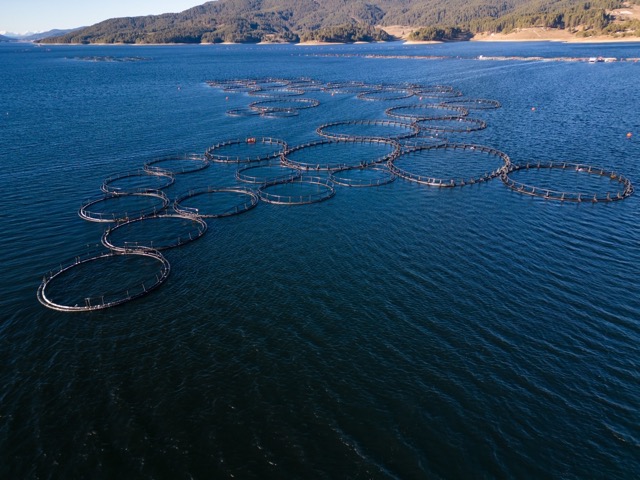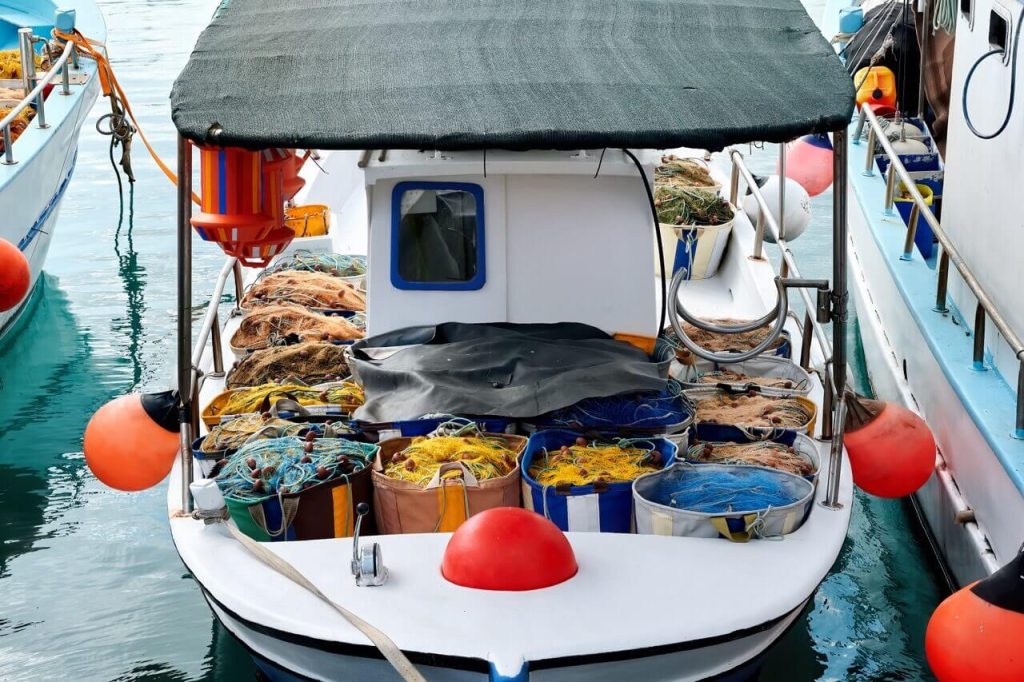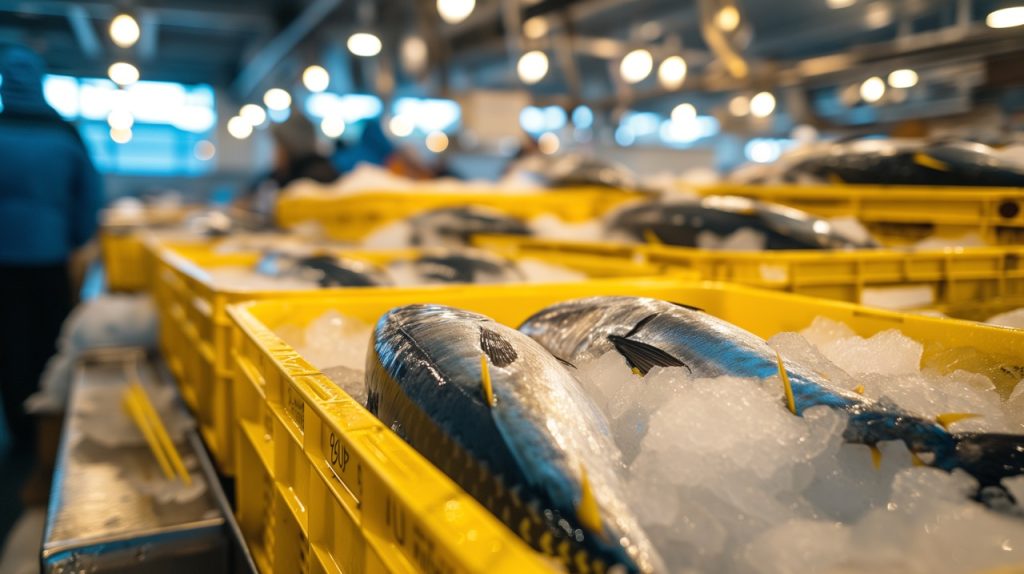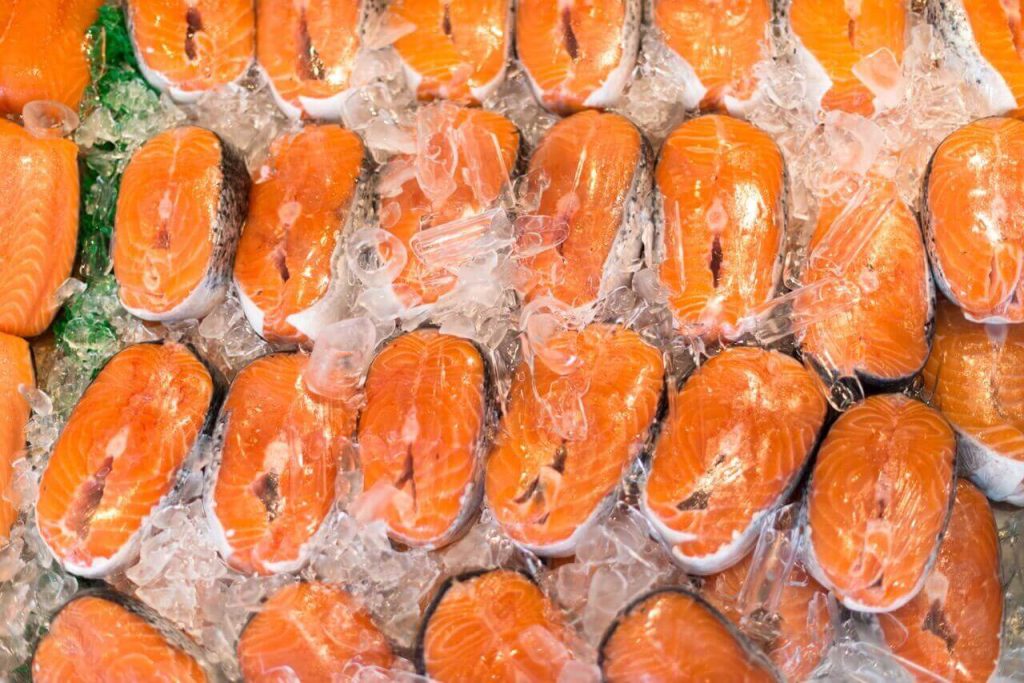Traceability in the fishing industry is vital for addressing current sector challenges such as promoting marine resource conservation and ensuring long-term fishing sustainability. In this article, we’ll delve into what traceability means in the fishing industry. Also, why it matters, the legislation regulating it, and the prevalent technologies and methods.
Fish Traceability: What Is It?
Fish traceability involves tracking and documenting the production, processing, distribution, and sale chain of fishery products from their origin to the final destination. Its primary goal is to provide detailed information about the origin and handling of fishery products throughout the supply chain.
As established by law, the following minimum requirements regarding each batch of fishing and aquaculture products should be included in traceability information:
- Identification of each batch.
- Identification of the fishing vessel or aquaculture production unit.
- FAO 3-alpha code for the species.
- Date of capture or production.
- Quantities of each species.
- Supplier information.
- Consumer information: commercial designation, scientific name, geographical area, and production method.
- Indication of whether the fishery product has been frozen.
Also, these systems, often integrated with traceability software and real-time tracking systems. This facilitates data collection at each stage. From the sourcing of raw materials to the manufacturing process and final distribution, every step is recorded, allowing for efficient quality control and management systems.
Importance of Fish Traceability for Sustainability
Fish traceability is a vital aspect of the seafood industry, ensuring the integrity of raw materials throughout the entire manufacturing process. A robust traceability system enables chain traceability, encompassing both internal traceability within the production stages and external traceability for finished goods.
Implementing a comprehensive traceability solution minimizes potential issues, allowing for swift product recalls if necessary. It significantly enhances product quality, improving product safety and reducing risks that could lead to increased discrepancies or regulatory non-compliance within the industry.
It has positive implications for marine resource conservation, fisheries management, and food safety. Here are the main reasons why traceability matters for fish sustainability:
- Conservation of marine ecosystems: Identifying and addressing fishing operations that may negatively impact marine ecosystems, such as bycatch or habitat degradation.
- Reducing illegal fishing: Preventing the commercialization of products from illegal, unreported, and unregulated fishing (IUU).
- Food safety and quality: Ensuring fishery products meet food safety and quality standards.
- Fisheries management: Providing detailed information about fishing practices for informed decision-making by authorities and fishery management organizations.
- Promoting socioeconomic sustainability: Certifying sustainable fishing practices can increase the value and demand for fishery products, benefiting local communities dependent on fishing.
International Legislation and Regulations
The fishing industry’s traceability is regulated by various international legislations and regulations. For instance, the Magnuson-Stevens Fishery Conservation and Management Act (MSA) serves as a cornerstone in regulating marine fisheries management in US federal waters. This act aims to prevent overfishing, rebuild overfished stocks, and ensure sustainable fisheries by implementing specific guidelines on traceability.
In addition to the MSA, the National Oceanic and Atmospheric Administration (NOAA) enforces various regulations that include traceability requirements. NOAA Fisheries, a division of NOAA, manages traceability programs to track fish from harvest to sale, ensuring compliance with the regulations to maintain sustainable fishing practices.
Furthermore, the United States Department of Agriculture (USDA) and the Food and Drug Administration (FDA) also play pivotal roles in ensuring the safety and proper labeling of seafood products entering the market. Their regulations emphasize traceability to guarantee the origin, safety, and quality of seafood products available to consumers.
Moreover, international bodies like the Food and Agriculture Organization of the United Nations (FAO) set forth global principles and guidelines, including the Code of Conduct for Responsible Fisheries, which the United States actively considers in developing its fishery management practices. These international guidelines underscore the importance of traceability in ensuring sustainable fishing practices and the responsible management of fishery resources.
Technologies and Methods in Fish Traceability
Technological advancements and innovative methods have significantly benefited fish traceability across the supply chain, including:
- Electronic tags and product barcodes: Containing details about species, capture locations, fishing methods, and other relevant data.
- RFID Systems (Radio-Frequency Identification): Tags emitting radio-frequency signals.
- Remote and satellite sensors: Tracking vessels and detecting potential illegal fishing activities.
- Geographic Information Systems (GIS): Visualizing and analyzing geospatial data.
- Blockchain technology: Providing an immutable and transparent record of transactions along the supply chain.
- Mobile applications and cloud platforms: Enabling real-time data recording and storage.
- Chemical or biological markers in products: Helping verify species authenticity.
The Future of Traceability in Fishing
As environmental awareness and consumer demands grow, it is expected that fishing companies will adopt more advanced technologies to enhance traceability accuracy and accessibility. Additionally, regulations will become more stringent.
At KrustaGroup, we believe that companies embracing these changes will not only comply with regulations but also gain the trust of sustainability-conscious consumers. Enhanced traceability won’t just become a commercial requirement but a competitive differentiator, positioning companies favorably in a market that increasingly values social and environmental responsibility.





